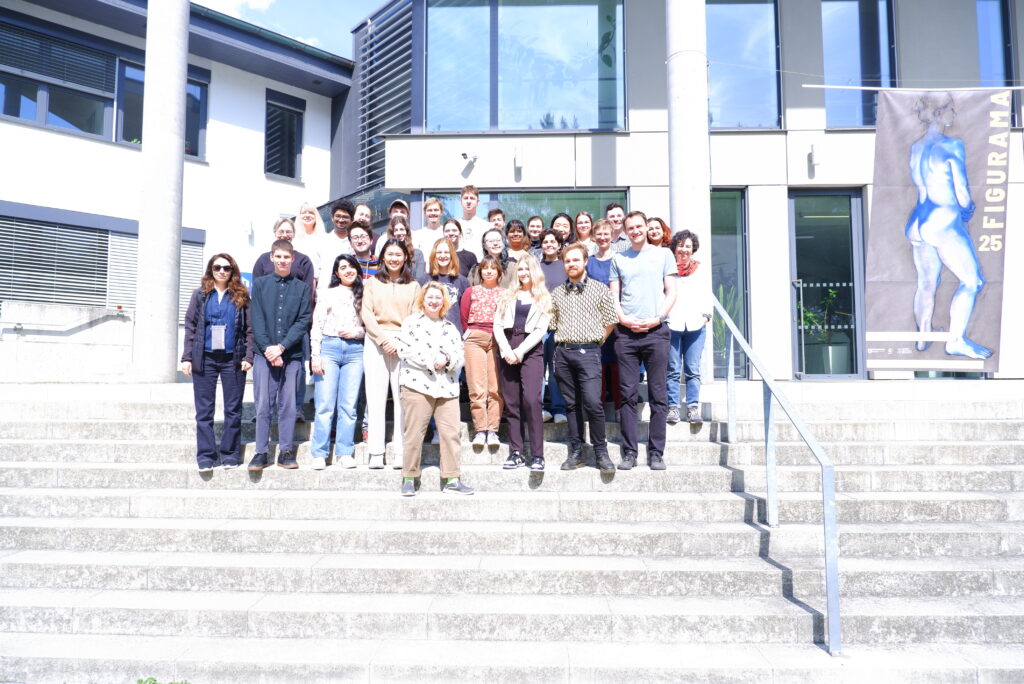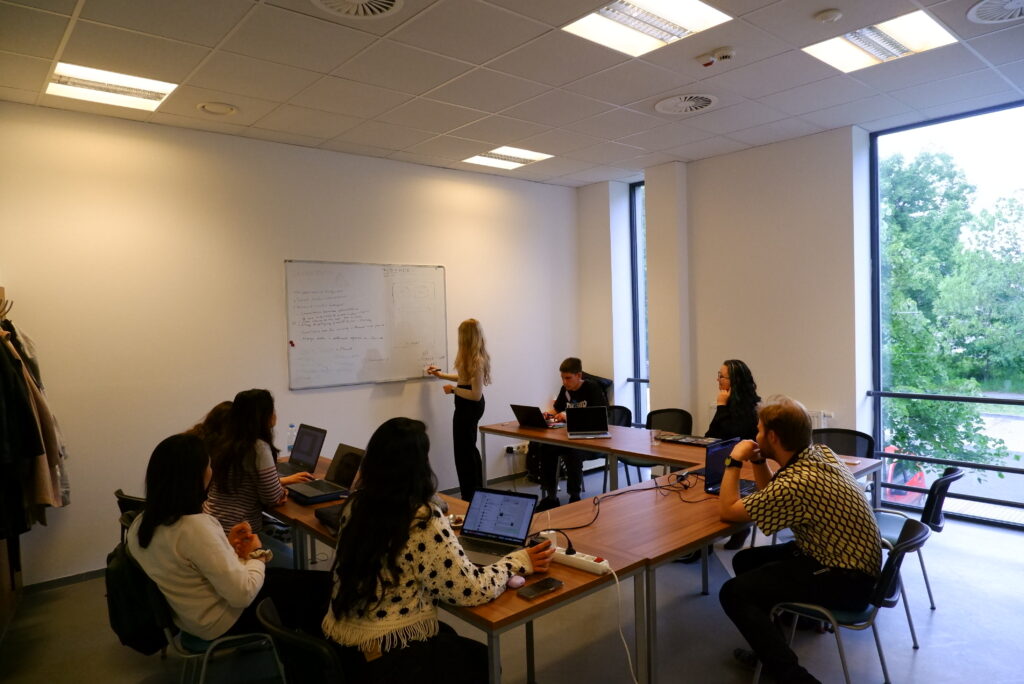




EuPaC Hackathon 2025: Advancing Transdisciplinary Approaches to European Cultural Heritage
by İlke Şanlıer (Çukurova University)
From May 21 to 24, 2025, the University of West Bohemia in Plzeň, Czech Republic, hosted the EuPaC Hackathon: European Past with Code a four-day intensive program dedicated to exploring publicly available cultural heritage datasets through computational and critical methods. Organized by the CCS-Lab in collaboration with Philipps-Universität Marburg and Justus Liebig University Giessen, and supported by the EUPeace University Alliance, the event aimed to foster an international research community that transcends traditional disciplinary boundaries, promoting values such as open knowledge circulation, reflexivity, and inclusion.
The hackathon brought together 34 participants, including students and researchers from a broad spectrum of disciplines such as history, art history, classical studies, computer science, media studies, and cultural heritage from seven different institutions. Participants were organized into four interdisciplinary teams, each supported by a domain expert and a computational specialist. Over the course of four days, teams engaged with large-scale datasets to explore cultural memory, knowledge production, and representational politics across time and space.
The four datasets investigated during the hackathon were:
- NOSCEMUS (wiki.uibk.ac.at/noscemus): A corpus of approximately 1,000 Early Modern Latin scientific texts in machine-readable, morphologically enriched format. The dataset invites semantic exploration of foundational scientific concepts—such as scientia—within their historical linguistic contexts.
- GRAPHIKPORTAL (graphikportal.org): A visual heritage platform aggregating print, drawing, and photographic collections from multiple institutions. For the hackathon, data from the Graphikportal.lab development environment was used, published in LIDO XML format, offering a critical ground for metadata analysis, network visualizations, and thematic clustering.
- SCRIPTUM (scriptum.cz): A database of Czech Samizdat and exile literature containing over 10,000 digitized texts. The dataset supports investigations into alternative publication networks, censorship, and the underground circulation of knowledge under political repression.
- LIST (Zenodo record): A corpus of approximately 500,000 Latin inscriptions enriched with spatial-temporal metadata. The dataset enables textual, network, and geospatial analyses of cultural exchange and movement across the Roman Empire.
Participants applied a wide range of digital humanities techniques including entity extraction, clustering, network mapping, topic modeling, and geovisualization. Each team formulated a distinct research question based on their dataset and presented their findings in the form of academic posters. These outputs demonstrated how digital methods can critically interrogate historical structures of knowledge, artistic representation, and memory politics. The poster presentations by all four working groups on the final day encapsulated a rich combination of technical innovation and interpretive insight, highlighting the epistemological and pedagogical potential of collaborative data work.
In addition to the project work, the event fostered active dialogue around open science practices, multilingualism, and responsible data use. A notable moment was a session led by Dr. Vojtěch Kaše, who introduced upcoming digital humanities conferences and encouraged early-career researchers to develop and present their projects in broader scholarly forums—ensuring the hackathon’s impact continues beyond the event.
The EuPaC Hackathon exemplified how critical and computational approaches can be successfully combined to interrogate European cultural heritage in a cross-border, multilingual, and ethically engaged framework. The event provided a valuable space for co-learning and co-creation, strengthening collaborative ties among institutions committed to rethinking the digital futures of the past.
For more information and future updates, visit:
https://eupac.zcu.c
Participant Reflection: İlke Şanlıer (Çukurova University)
“Participating in the EuPaC Hackathon was a powerful reminder of how much we can learn from open collaboration—especially across disciplines, generations and cultures. Working on the Graphikportal dataset challenged me to think critically about metadata, representation, and the biases embedded in digital archives. As someone engaged in communication history and digital humanities, I found this experience both pedagogically rich and intellectually energizing.
The inclusive and caring atmosphere created by the organizers made this more than just a research event—it felt like a temporary academic commons. I came away not only with project ideas and tools, but with renewed optimism about the future of cross-border, multilingual academic exchange.
A special thanks to the researchers in my group, whose curiosity and insights continue to inspire me. And to the organizing team—especially Jana and Vojtěch—for cultivating such a welcoming and meaningful space for co-learning.”